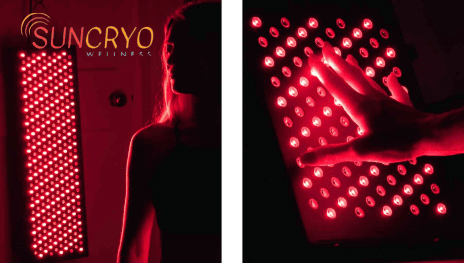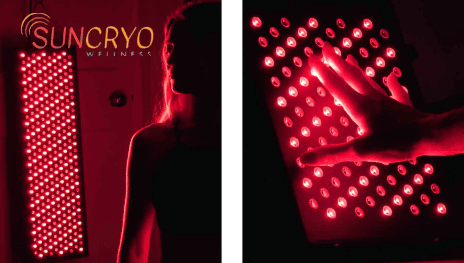Saunas and Red-Light Therapy

In recent years, the popularity of infrared saunas and red-light therapy has surged as people seek alternative methods for relaxation, rejuvenation, and overall wellness. Both these modalities offer distinctive benefits, and their combination has shown promising results in enhancing health and vitality.
Understanding Infrared Saunas
Infrared saunas utilize infrared light to create heat, which is absorbed directly by the body. Unlike traditional saunas that heat the air around you, infrared saunas penetrate the skin, generating a deep, detoxifying sweat at lower temperatures. This gentle heat promotes relaxation, relieves muscle tension, and aids in detoxification by flushing out toxins through sweat.
The benefits of infrared saunas extend beyond relaxation. Regular sessions are believed to improve cardiovascular health, boost metabolism, promote better sleep, and even alleviate chronic pain conditions. Many proponents of infrared saunas also praise their ability to rejuvenate the skin, reducing the appearance of wrinkles and enhancing overall skin health.
Exploring Red-Light Therapy
Red-light therapy, also known as low-level laser therapy (LLLT) or photobiomodulation, involves exposure to low wavelengths of red or near-infrared light. These light wavelengths can penetrate the skin’s surface, reaching deeper layers and stimulating cellular energy production. This process is believed to enhance healing, reduce inflammation, and promote tissue repair.
Red-light therapy has gained attention for its diverse applications. It’s been used to improve skin health by reducing acne, wrinkles, and scars. Additionally, it’s shown promise in treating conditions such as arthritis, promoting wound healing, and even aiding in hair regrowth.
The Synergy of Infrared Saunas and Red-Light Therapy
Combining infrared sauna sessions with red-light therapy can create a powerful wellness routine. The deep-penetrating heat from the sauna prepares the body by increasing circulation and promoting relaxation. When followed by red-light therapy, the body’s exposure to beneficial wavelengths of light may amplify the healing effects.
Studies exploring this combination therapy are ongoing but have shown encouraging results. Users report enhanced feelings of relaxation, reduced inflammation, and improved recovery from physical exertion. However, more research is needed to comprehensively understand the combined benefits and optimal usage of these modalities.
Top Questions and Answers
Are infrared saunas safe?
A: Infrared saunas are generally considered safe for most people. However, individuals with certain health conditions should consult a healthcare professional before using one.
How often should one use red-light therapy?
A: The frequency of red-light therapy sessions can vary based on individual needs and the condition being treated. Some people benefit from daily sessions, while others find success with less frequent treatments.
Can these therapies help with chronic pain?
A: Both infrared saunas and red-light therapy have shown promise in alleviating chronic pain conditions. Many users report reduced pain levels and improved mobility after consistent use.
Are there any side effects associated with these therapies?
A: Side effects from infrared saunas and red-light therapy are rare and typically mild. However, some individuals may experience overheating in saunas or minor skin irritation from red-light therapy. It’s essential to follow guidelines and listen to your body during sessions.
Are there any contraindications for using these therapies?
A: Certain medical conditions, such as pregnancy, cardiovascular issues, or skin conditions, may warrant caution or avoidance of these therapies. Consulting a healthcare professional before starting any new wellness routine is advisable, especially for those with pre-existing health concerns.
Conclusion
Infrared saunas and red-light therapy offer distinct yet complementary approaches to enhancing wellness. From relaxation and detoxification to skin rejuvenation and cellular repair, these therapies have gained popularity for their potential health benefits. While individual experiences may vary, many users find relief from various ailments and improve overall well-being through regular sessions.
